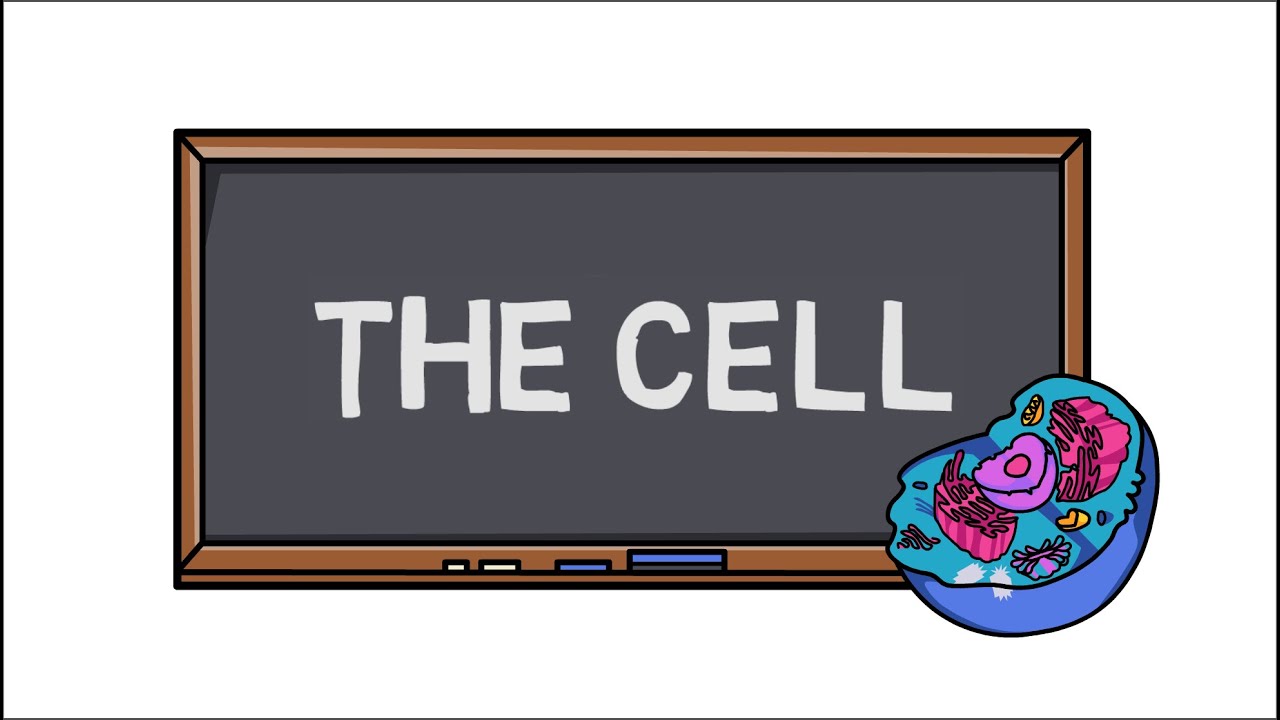The wacky history of cell theory - Lauren Royal-Woods
Summary
TLDRThe history of the cell theory is filled with fascinating anecdotes. It started with Zacharias Janssen's invention of the microscope in the 1600s, which intrigued Anton van Leeuwenhoek to make his own and discover bacteria from dental scrapings. Robert Hooke coined the term 'cell' after observing cork. The cell theory was later developed by Matthias Schleiden and Theodor Schwann, who identified cells in plants and animals respectively. A dispute over cell origin was resolved by Rudolph Virchow's research, albeit controversially borrowed from Robert Remak. The story highlights how seemingly mundane scientific facts often have intriguing histories.
Takeaways
- 🔬 Science discoveries often happen in unexpected ways, not just in laboratories.
- 🔍 The cell theory has three main parts: all organisms are composed of cells, the cell is the basic unit of structure and organization in organisms, and all cells come from preexisting cells.
- 🕵️ The development of the cell theory began in the early 1600s with the invention of the first compound microscope by Zacharias Janssen.
- 🦠 Anton van Leeuwenhoek, a Dutchman, made his own microscope and discovered bacteria by examining dental scrapings.
- 📜 Robert Hooke coined the term 'cell' after observing cork under a microscope and noting that the small chambers resembled monk's cells.
- ⚖️ Hooke and Sir Isaac Newton had a contentious relationship, leading to Hooke's research being overshadowed.
- 🌱 In the 1800s, Matthias Schleiden concluded that all plants are made of cells after extensive study under a microscope.
- 🐾 Theodor Schwann reached a similar conclusion for animals, noting all animals are made of cells, and contributed to the cell theory.
- 💡 A dispute arose about cell formation, with Schleiden believing in free-cell formation and Rudolph Virchow proving cells come from preexisting cells, using research from Robert Remak.
- 📚 The development of cell theory highlights how scientific discoveries often have fascinating and complex histories.
Q & A
What are the three parts of the cell theory?
-The three parts of the cell theory are: 1) all organisms are composed of one or more cells, 2) the cell is the basic unit of structure and organization in organisms, and 3) all cells come from preexisting cells.
Who is credited with the creation of the first compound microscope?
-Zacharias Janssen, a spectacle maker from the Netherlands, is said to have come up with the first compound microscope.
Why did Anton van Leeuwenhoek decide to make his own microscope instead of buying one?
-Anton van Leeuwenhoek, a Dutchman, decided to make his own microscope because he was interested in the new invention and wanted to experiment with it, rather than purchasing one.
How did Anton van Leeuwenhoek discover bacteria?
-Anton van Leeuwenhoek discovered bacteria by examining the gunk on his teeth using his homemade microscope.
What term did Robert Hooke coin when observing the structure of cork under a microscope?
-Robert Hooke coined the term 'the cell' when he observed the structure of cork, as the little chambers he saw reminded him of cells or the rooms monks slept in.
Why was Robert Hooke underappreciated during his time?
-Robert Hooke was underappreciated because he had a contentious relationship with Sir Isaac Newton, which led to his work and portrait being misplaced after his death.
What significant contribution did Matthias Schleiden make to the cell theory?
-Matthias Schleiden, a botanist, contributed to the cell theory by realizing that every plant he studied was made of cells.
What was Theodor Schwann's role in the development of the cell theory?
-Theodor Schwann, a scientist who studied animal cells, concluded that all animals were made of cells and collaborated with Schleiden to work on the beginnings of the cell theory.
What was the bone of contention between Schleiden and Schwann regarding the cell theory?
-The bone of contention was the origin of cells. Schleiden believed in free-cell formation, where cells spontaneously crystallized into existence, while Schwann and later Rudolph Virchow supported the idea that all cells come from preexisting cells.
Who is credited with the research that supported the idea that cells come from other cells, and what controversy was involved?
-Rudolph Virchow is credited with the research supporting the idea that cells come from other cells. However, there was controversy because his research was 'borrowed without permission' from Robert Remak, leading to a feud between the two scientists.
What is the overarching message of the script regarding the history of scientific discoveries?
-The overarching message is that while some scientific discoveries may seem boring, the history and stories behind how we came to know them are incredibly fascinating and often involve unexpected and weird events and people.
Outlines

This section is available to paid users only. Please upgrade to access this part.
Upgrade NowMindmap

This section is available to paid users only. Please upgrade to access this part.
Upgrade NowKeywords

This section is available to paid users only. Please upgrade to access this part.
Upgrade NowHighlights

This section is available to paid users only. Please upgrade to access this part.
Upgrade NowTranscripts

This section is available to paid users only. Please upgrade to access this part.
Upgrade Now5.0 / 5 (0 votes)





